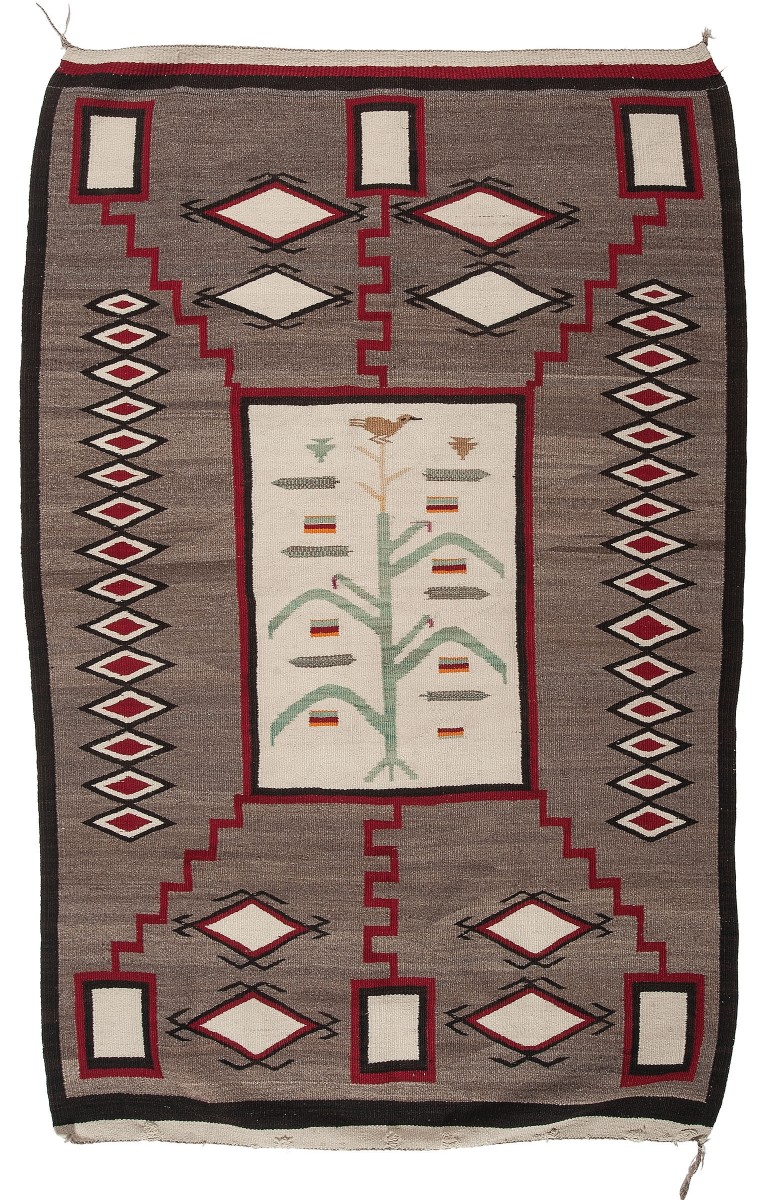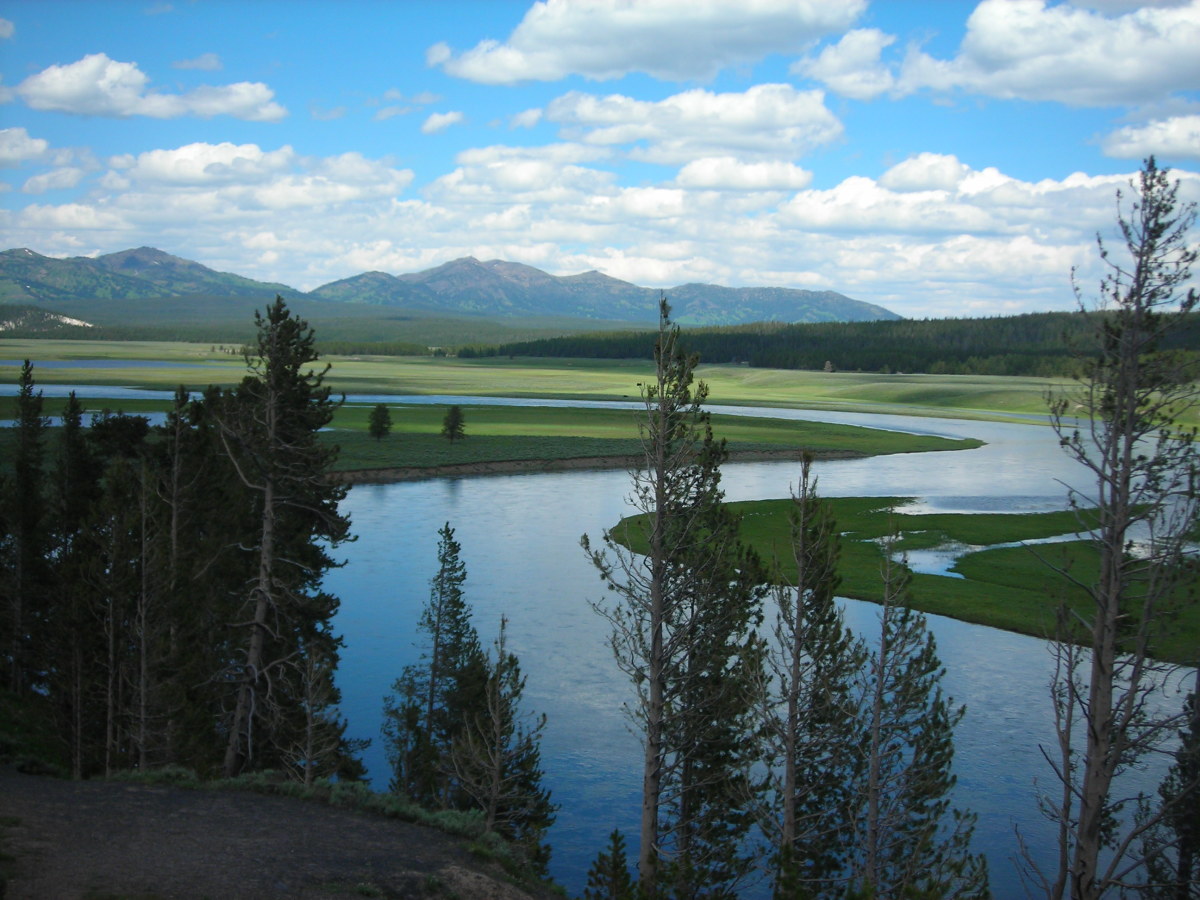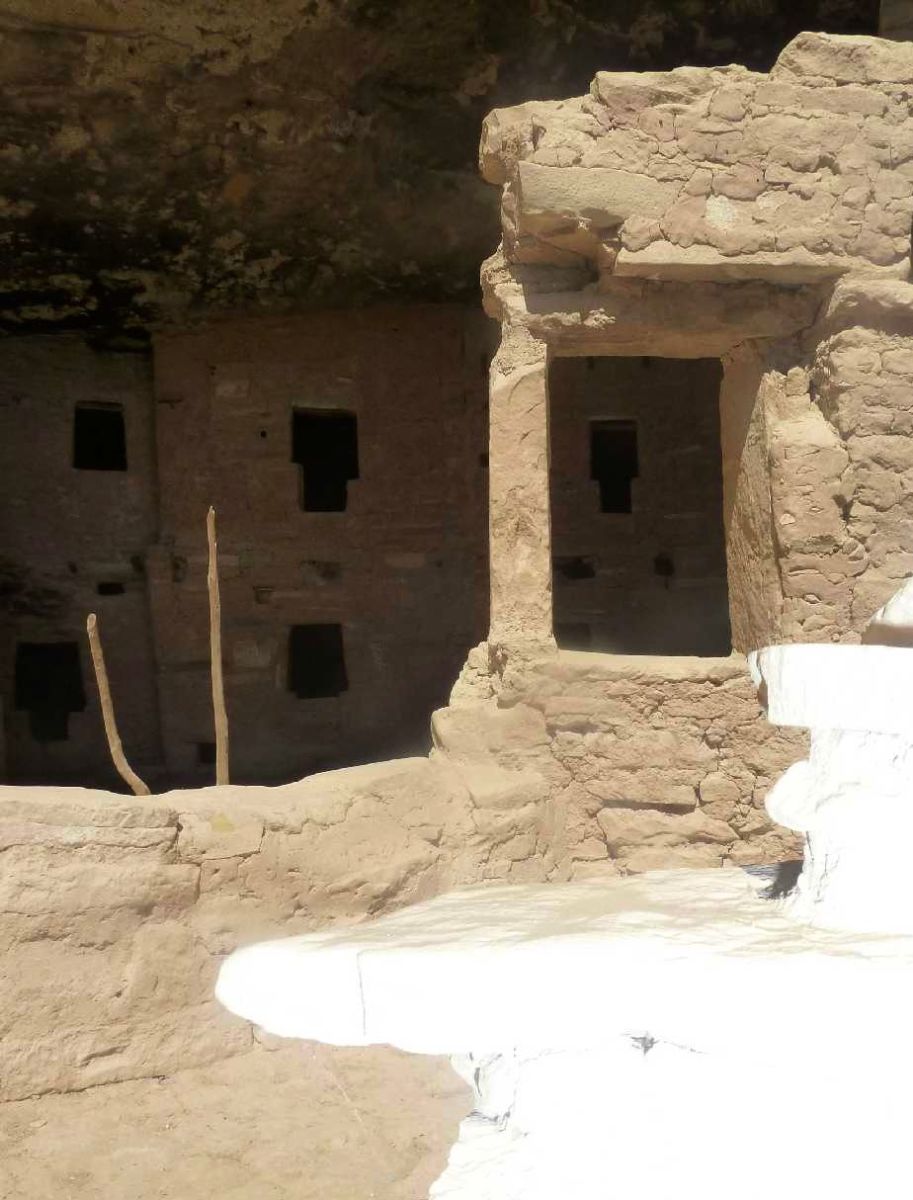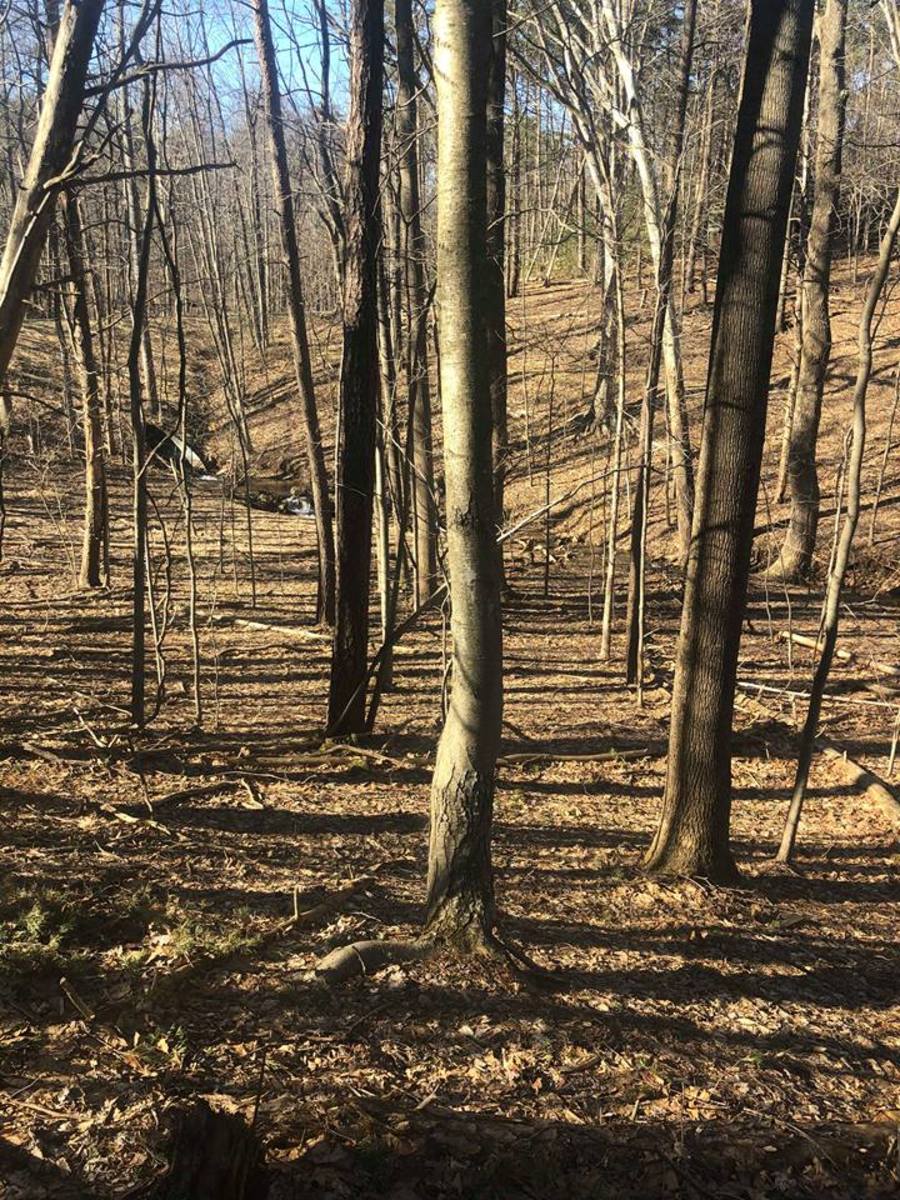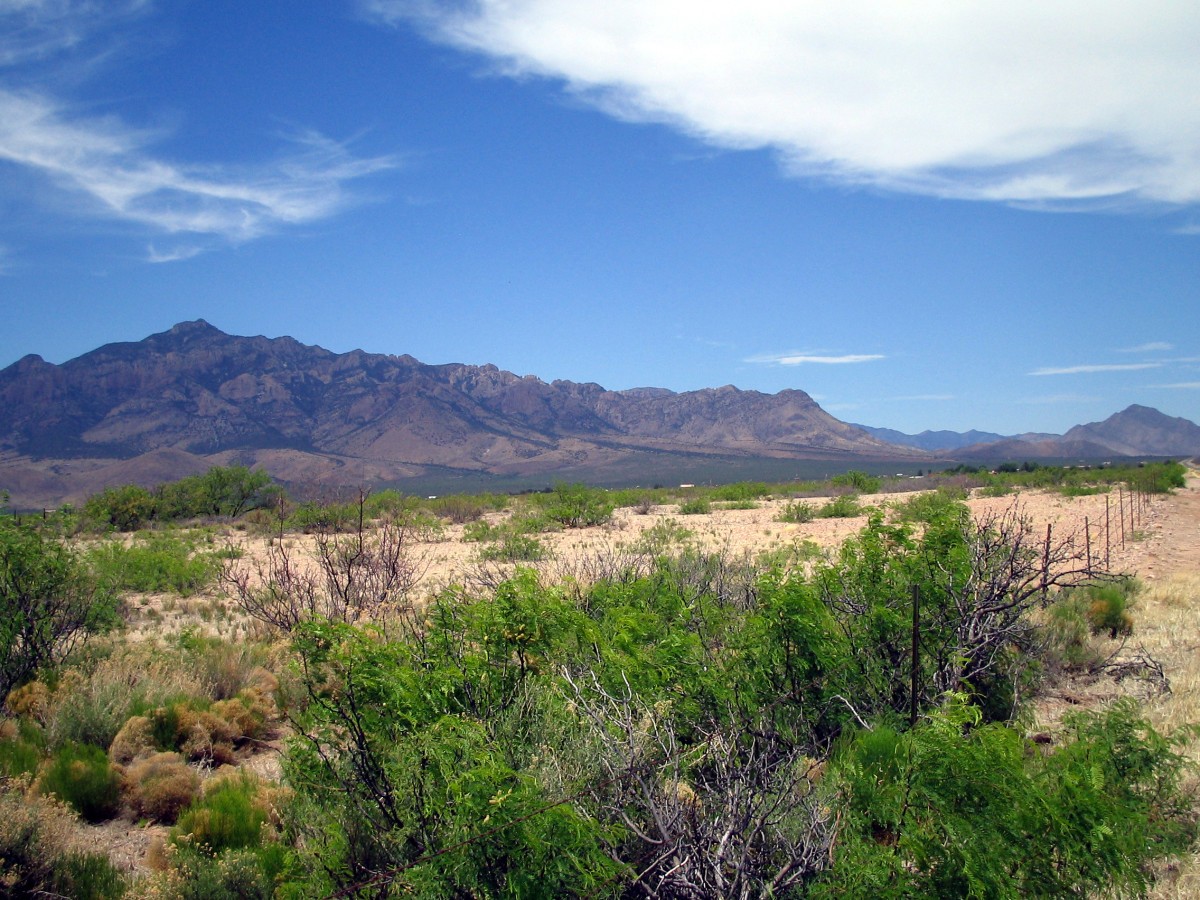- HubPages»
- Education and Science»
- History & Archaeology»
- History of the Americas
Navajo Weavers And Tradition
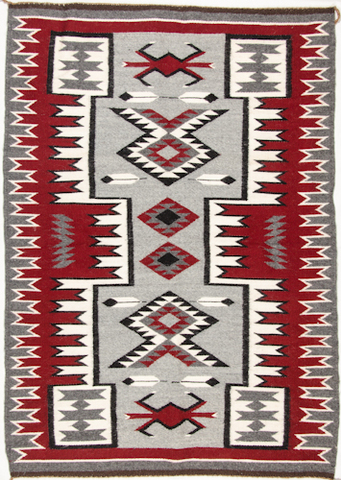
It is a question I hear all the time when talking about the poverty and oppression of Native Americans. The question is – “If things are so bad, why don’t they just move to the city?” It is a rational question but the answer is very complex.
The average American, no matter what their race, just doesn't understand. Most are immigrants or a descendant of an immigrant. They rarely have a history or connection to a particular piece of land. The family farm may be the only exception but even that is a relatively shallow history of connection to the land. For the Navajo, their connection to the land dates back thousands of years.
Attitude sets the dominant culture apart from the Navajo. The average American sees land as something to be owned. Social status is determined by land ownership. The land becomes a possession, something of monetary value. The Navajo see themselves as caretakers of the land. They do not own the land but perhaps, the land owns them. The land represents life, not some material possession. Living in small communities, their ancestors are buried on the land and the land provides for their ceremonies, their way of life, food, clothing, and shelter.
Traditional Navajo live in a way that honors the earth; knowing that it provides for their way of life. To explain, it is best to look at the Navajo weavers. Weaving is a way of life for the Navajo woman. Navajo rugs are the mainstay for many Navajo families. On today’s market, the rugs bring a good price but rarely cover the cost of making the rugs. Let’s look at what goes into the finished product.
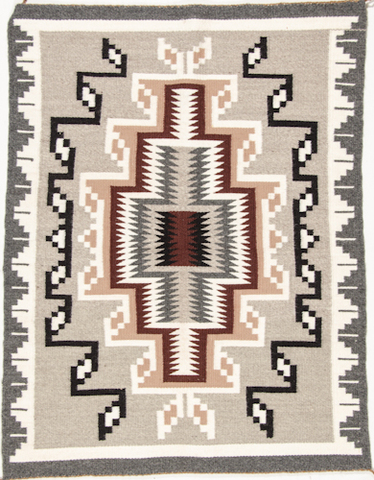
Raising the sheep:
- The sheep need food. The sheep must be moved constantly to find food and when the land cannot provide, food must be purchased.
- The sheep need water. Most traditional Navajo hogans (homes) have no running water. The sheep must be moved to areas close to water sources, or, the water must be hauled in.
- The sheep must be protected from predators.
- The sheep must be sheared.
Processing the wool:
- The wool must be washed to remove the oils.
- The wool must be picked, separating the fibers to make it fluffy.
- The wool must be carded or combed.
- The wool must be dyed. The dyes come from the earth and must be prepared. Red dyes are often made from crushed red ants, yellows and greens from various plants. Drought can decrease the availability of certain plants and weavers often spend a year or more collecting enough material to dye the wool.
- The wool must be roved, divided into small pencil like strands.
- The wool must be spun or twisted into threads.
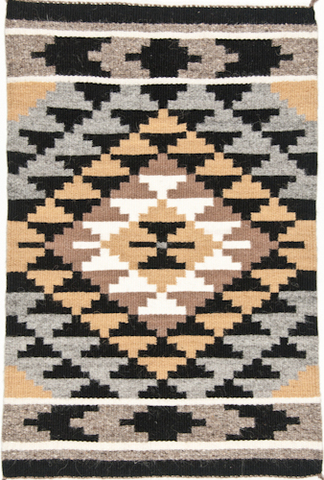
When all the work is done, small rugs may sell for a few hundred dollars. Larger, room size rugs, sell for a few thousand. Does that cover the sweat equity of a woven rug? No.
If the money doesn't cover their investment, why do they weave?
They weave because it is a tradition; a way of life. Weaving is passed down, from generation to generation and is considered a sacred responsibility. To weave is to pray. Many prayers have been said for the land, for family, for healing, and for the world, while a weaver sat for months in front of the loom adding one strand of wool at a time. They weave for future generations. Each strand in a Navajo rug has purpose and reflects how the threads of our life are woven into who and what we become. Each strand represents how our lives are intertwined with that of our families, our communities, our relationship to our ancestors in the spirit world, and, to the Creator.
The Navajo have a philosophy, that we should walk in beauty and in return, beauty will fill us. It is best demonstrated in the words of this Navajo prayer:
Walk In Beauty
This is the English translation of a traditional prayer used in many of the Navajo ceremonies:
In Beauty may you walk.
All day long may you walk.
Through the returning seasons may you walk.
On the trail marked with pollen may you walk.
With grasshoppers about your feet may you walk.
With dew about your feet may you walk.
With Beauty may you walk.
With Beauty before you, may you walk.
With Beauty behind you, may you walk.
With Beauty above you, may you walk.
With Beauty below you, may you walk.
With Beauty all around you, may you walk.
In old age wandering on a trail of Beauty,
lively, may you walk.
In old age wandering on a trail of Beauty,
living again, may you walk.
It is finished in Beauty.
It is finished in Beauty.
We have much to learn about being human beings and the Navajo way would be a good place to start. Perhaps if we could change our attitude about land ownership to one of stewardship and practice walking in beauty, our world would become a place of beauty for all. My wish for you….May you walk in beauty!
Support For The Weavers
- Adopt-A-Native Elder Rug Catalog
The sale of rugs through the catalog is one of the most important ways we have to provide financial support to our Elders. All proceeds from the sale of these rugs are returned to the weavers.
© 2012 Linda Crist, All rights reserved.


